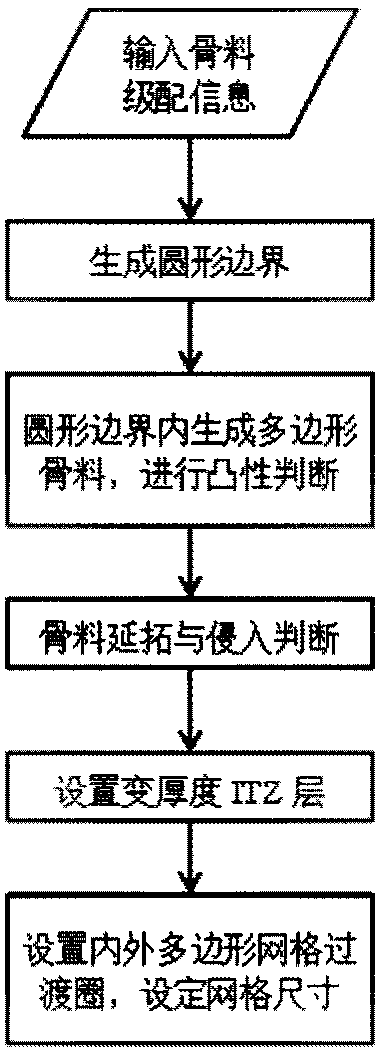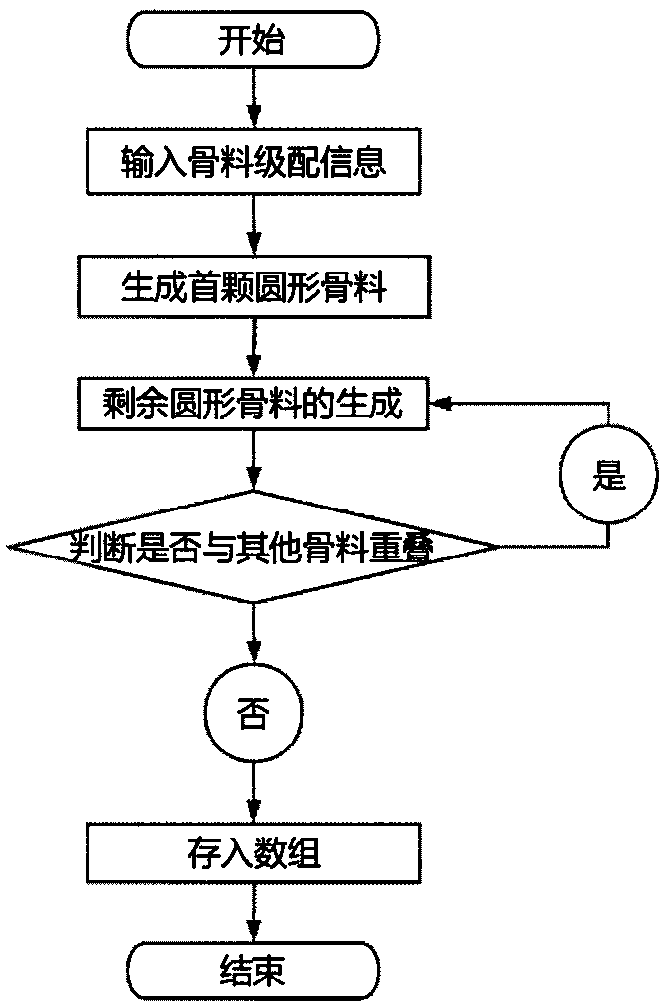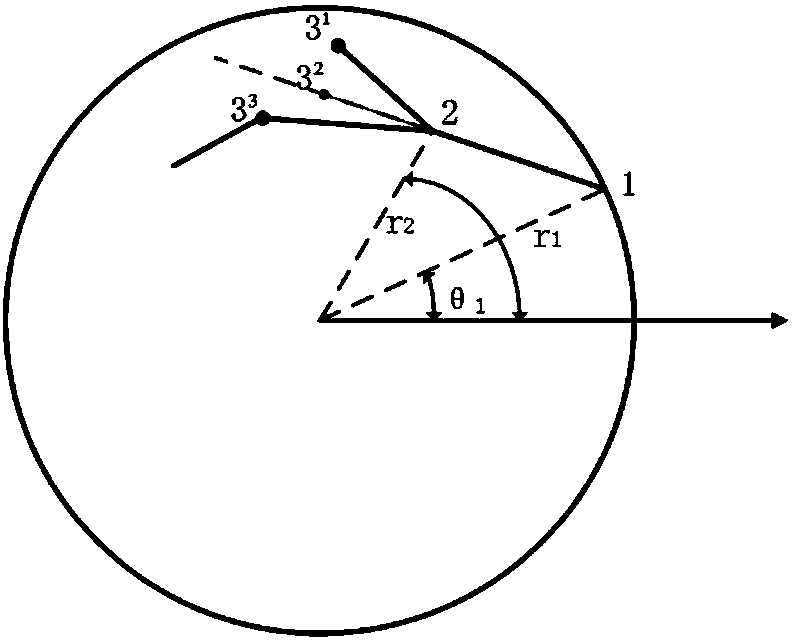Adaptive concrete mesoscopic modeling method
A modeling method and concrete technology, applied in special data processing applications, instruments, electrical digital data processing, etc., to achieve the effect of improving calculation accuracy
- Summary
- Abstract
- Description
- Claims
- Application Information
AI Technical Summary
Problems solved by technology
Method used
Image
Examples
Embodiment
[0037] step 1):
[0038] (a) Determine the boundary coordinates of the model, assuming (x l , Y l ), (x r , Y r ). Calculate the particle size D in the section is smaller than the mesh D 0 Probability in range P c (D0 ):
[0039]
[0040] Where P k It is the percentage of the aggregate volume in the concrete specimen to the total volume.
[0041] Calculate the number of aggregate particles of each particle size as follows:
[0042] Where n i Is the number of particles in a certain size range; A i , A are the aggregate area and the cross-sectional area respectively. For a round aggregate with a diameter of D, the area is: A=πD 2 / 4.
[0043] (b) Randomly generate the aggregate particle size r within the range of each grade i .
[0044] (c) Generate aggregate geometric center coordinates (x, y) within the boundary of the model and aggregate particle size r within the corresponding particle size range i , Its relationship is as follows:
[0045]
[0046] Where u is the distance between the...
PUM
 Login to View More
Login to View More Abstract
Description
Claims
Application Information
 Login to View More
Login to View More - R&D
- Intellectual Property
- Life Sciences
- Materials
- Tech Scout
- Unparalleled Data Quality
- Higher Quality Content
- 60% Fewer Hallucinations
Browse by: Latest US Patents, China's latest patents, Technical Efficacy Thesaurus, Application Domain, Technology Topic, Popular Technical Reports.
© 2025 PatSnap. All rights reserved.Legal|Privacy policy|Modern Slavery Act Transparency Statement|Sitemap|About US| Contact US: help@patsnap.com



